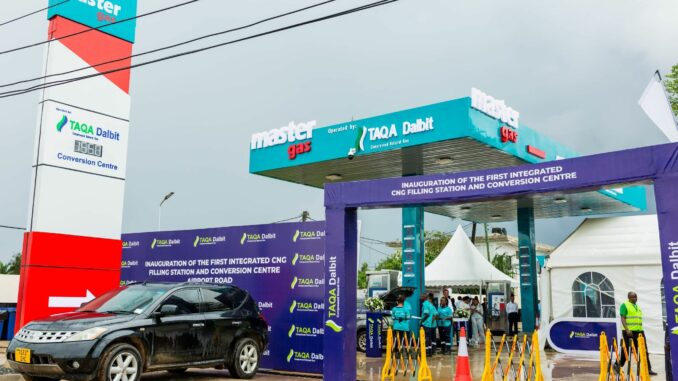
Tanzania’s ambitious transition to compressed natural gas (CNG) vehicles is encountering significant obstacles despite growing enthusiasm among motorists. The initiative, aimed at leveraging the country’s substantial natural gas reserves, has attracted approximately 5,000 early adopters, primarily commercial drivers drawn to the fuel’s economic advantages.
The stark disparity between rising demand and limited infrastructure has created challenging conditions for CNG users in Dar es Salaam, the country’s commercial hub. With only four operational filling stations, drivers regularly endure three-hour waits for refueling, significantly impacting their earning potential despite the considerable cost savings offered by CNG conversion.
The state oil firm, TPDC, acknowledges underestimating the rapid adoption rate and is now scrambling to expand infrastructure. Plans include constructing a central “mother station” in Dar es Salaam and deploying five mobile CNG units across major cities. Private sector involvement, exemplified by Egyptian firm Taqa Arabia’s expansion plans, signals growing confidence in Tanzania’s CNG market potential.
The government’s vision extends beyond immediate challenges, targeting near-total adoption by mid-century. This ambitious goal aligns with global environmental objectives, as CNG produces fewer emissions than traditional fuels. However, the current infrastructure limitations continue to test the patience of early adopters who pioneered this technological transition.
